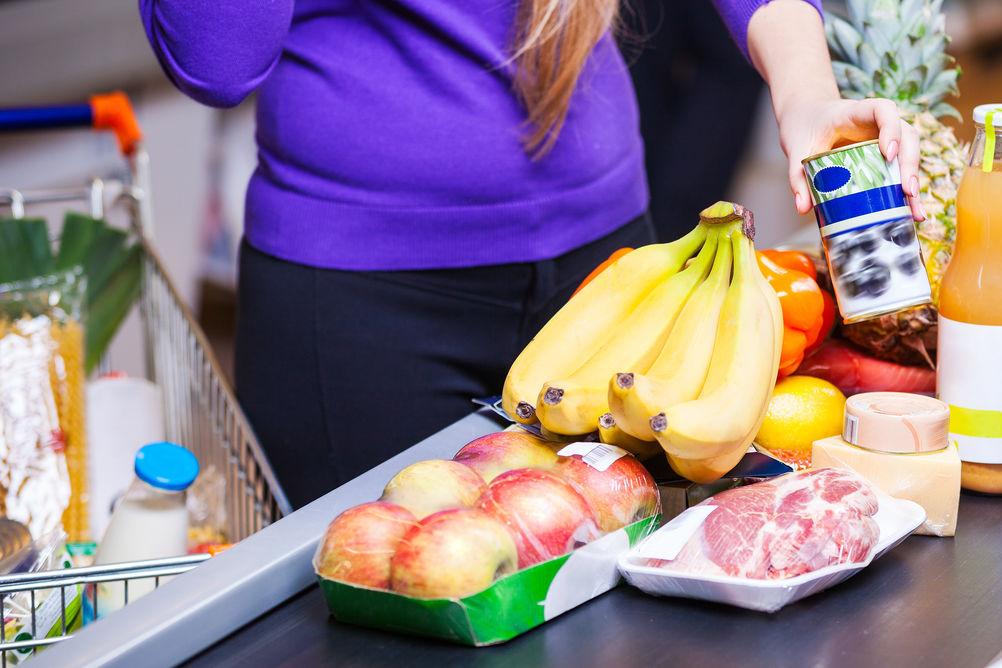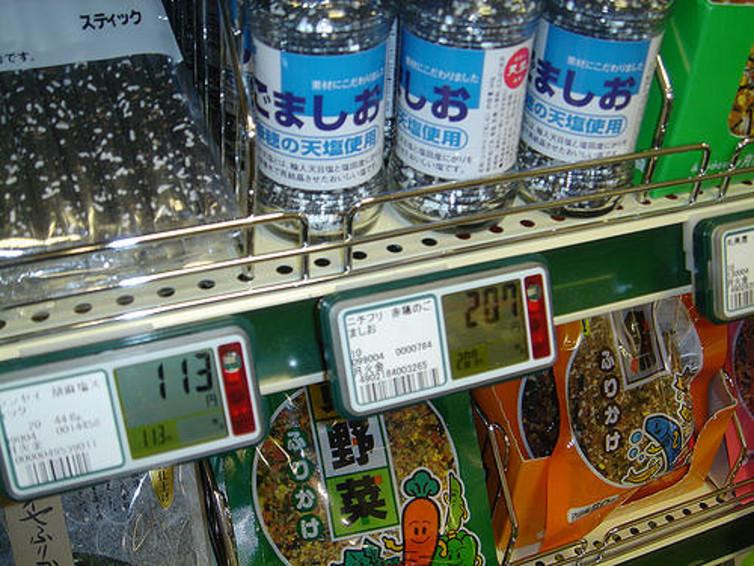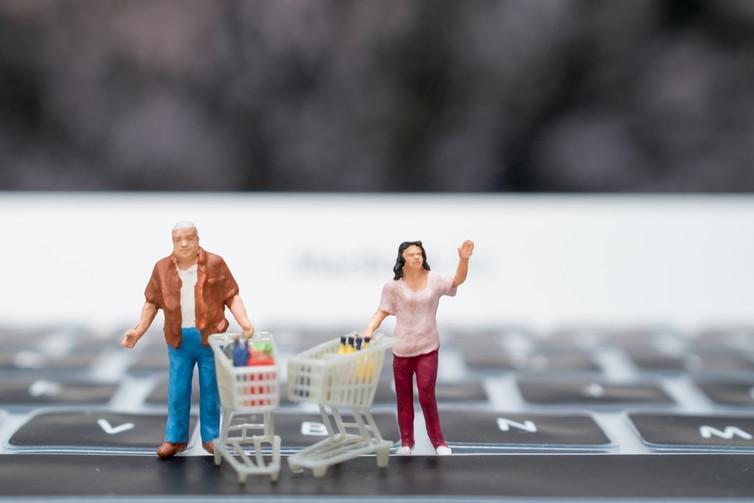How supermarket surge pricing will work to keep shoppers sweet
Some goods are already subject to price fluctuation, like oil and airline tickets – but applying this to all customer produce opens up all sorts of commercial avenues

Your support helps us to tell the story
From reproductive rights to climate change to Big Tech, The Independent is on the ground when the story is developing. Whether it's investigating the financials of Elon Musk's pro-Trump PAC or producing our latest documentary, 'The A Word', which shines a light on the American women fighting for reproductive rights, we know how important it is to parse out the facts from the messaging.
At such a critical moment in US history, we need reporters on the ground. Your donation allows us to keep sending journalists to speak to both sides of the story.
The Independent is trusted by Americans across the entire political spectrum. And unlike many other quality news outlets, we choose not to lock Americans out of our reporting and analysis with paywalls. We believe quality journalism should be available to everyone, paid for by those who can afford it.
Your support makes all the difference.Shoppers are used to supermarket prices which stay pretty much the same. Rises or falls tend only to take place at irregular intervals, and most goods stay at the same price for days – possibly for weeks or months. All that, however, might be about to change.
Recent reports have suggested that fixed prices in supermarkets will be gone within five years, to be replaced by ever changing prices dependent on the demand for those goods, just like share prices. This has become possible thanks to electronic shelf-edge labels which can change in real time.

Many consumers will baulk at this idea, but is it really that unusual? Some goods are already subject to demand pricing. We are all used to petrol prices fluctuating, especially when the price of oil is particularly volatile.
Perhaps even more volatile than petrol are airline tickets. You can log on one minute, go and check that all is well – and then find the price has changed when you actually book the ticket. Electricity has been cheaper to use at night since the Economy 7 tariff was introduced way back in 1978.
Fresh ideas
In fact, supermarkets already have price fluctuations. Fresh goods, such as fish, will change price more than most other goods, depending on what is available at the market and what fishing boats have managed to land.
Many will also be familiar with bargain shelves in supermarkets, which contain goods that are getting near their sell by date. And, of course, there is the daily reduction of bread prices towards the end of each day.
Price changes for products such as fish are due to external market prices, and supermarkets have to react to protect their profit margin. Reducing prices on goods as they approach their shelf life is a way of protecting at least some of their investment before they have to dispose of it, with zero return on investment.
But the new idea of constantly fluctuating prices is a different scenario. This would enable supermarkets to charge more when goods are in greater demand. There are obvious candidates – ice cream on hot days, sandwiches at lunchtime, beer and wine during major sporting events and burgers during barbecue season. It’s the kind of surge pricing we associate with ride-hailing company Uber.
The concept of prices being able to change at the touch of a button – or more likely, at the whim of a computer algorithm – presents many other opportunities.
Supermarkets already collect vast amounts of data on us. Loyalty cards, combined with other big data sources and analytics, reveal a lot about us.
They could also know when we are in the supermarket and which aisle we are browsing by using the GPS on mobile phones or even tracking the trolleys customers use.

Combining this data, they know a lot about the people they have in the store at any given time. They will be able to target groups by raising the prices of goods suited to the current demographic in the supermarket.
They may even be able to target individual consumers, perhaps not by changing prices on the shelf edge for each person, but by offering special offers that are unique to them. They might alert us to a deal through a screen attached to the shopping trolley or via a mobile phone app.
Experience sells
Some of this may seem like science fiction but electronic shelf edge labels are already available – and it opens up selling opportunities which consumers can only imagine at the moment.
The challenge for the supermarkets is how much to invest and how quickly. They also have to decide how best to exploit these new opportunities without being seen as too mercenary.
Supermarkets go to great lengths to make us feel that we are having an enjoyable shopping experience. They do not want us to feel exploited.

That means there is a good chance that it will not all be one-way traffic. Marketing strategies will be put in place to make the consumer feel as if they are being offered bargains thanks to the new technology. That might include extra loyalty points, buy-one-get-one-free deals and individual special offers.
Combine this with ever-better shopping experiences thanks to things like reduced queues at checkouts, technology-assisted shopping and apps to remember your shopping list, and you may even benefit from the supermarkets of the future.
However the supermarket business develops over the next five years, it is certain that the shopping experience will change. Some developments will be obvious to us and others will be guided by the invisible hand of the marketeers.
It will be interesting to see how they make us feel good when we’re paying more for a sandwich that cost less just a few minutes earlier.
Graham Kendall is a professor of computer science and Provost/CEO/PVC at the University of Nottingham. This article was originally published on The Conversation
Subscribe to Independent Premium to bookmark this article
Want to bookmark your favourite articles and stories to read or reference later? Start your Independent Premium subscription today.
Join our commenting forum
Join thought-provoking conversations, follow other Independent readers and see their replies
Comments